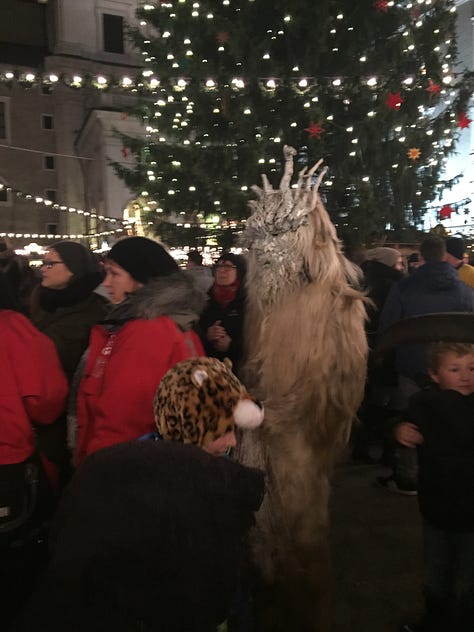When we get home this evening we will plug in the holiday lights to brighten the early darkness. We’ll light icicle lights that drip from the roofline or brightly colored bulbs that reach the treetops, but light we must at this time of year. It is our annual effort to chase away the gloom of the year’s shortest day, December 21.
Alban Arthan, the winter solstice or Yule, has been celebrated since ancient times. To encourage the sun’s return, virtually every culture in the Northern Hemisphere established customs that bring light to the darkness, much like our own practice of illuminating our houses.
Derived from the Nordic word “geol” (the g is pronounced with a y sound) that means both “wheel” to suggest the passage of the year and “noise and revelry,” the Norseman celebrated a Yule feast that lasted for twelve days. During this time log fires were burned to hasten the revival of the sun, shrines and homes were decorated with holly, ivy and evergreen boughs and it was an occasion for much feasting and drinking. Viking invasions of Europe from the 9th to the 11th centuries blended Norse traditions with that of the Celts, whose pagan celebrations led by the Druids also honored the natural world. The Druids regarded the woods as places of divine presence and revered mistletoe, a parasitic plant that they considered the tears of the mighty oak. On these dark and windy December nights, it is easy to understand the importance of trees and the fuel that they provided for our ancestors.
Real Yule logs, imbued with meaning both practical and symbolic, have been significant for centuries. It was the custom in France until the late 1800s, especially among the poorer families, to gather extended families under one roof and have each member bring a log to throw on the fire. Warm and toasty, the family would sing carols and then attend Midnight Mass on Christmas Eve.
Another European tradition involved cutting a huge fresh log for the open fireplace and lighting it with great ceremony from some splinters of the previous year’s Yule log to protect the house and keep the family safe. The tradition diminished with the size of the fireplaces and eventually was replaced with a symbolic log centerpiece that held three candles.



On a calmer note, Buche de Noel, edible Yule logs, first appeared in France at the end of the 19th century, as documented in 1890 by Pierre Lacam, a French pastry chef and culinary historian. By 1928, they were a beloved classic included in August Escoffier’s menu for Christmas Eve, Special Reveillon.
Today the bakeries in France are busy selling Buche de Noel and my friend Nathalie Fraisse sent a photo from her favorite patisserie, Émotions Sucrées, in Eybens. We don’t have any proper bakeries here in Alpine, Wyoming but the Whole Foods in Jackson has Buche in the pastry case.
Or you could try making one on your own.
Celebrate the season and chase out the darkness with cheer and light!
Much of this article first appeared in the Centre Daily Times in December 2000 and featured baker Kim Morrison who was justly famous for her Buche de Noel. That year she made 17 of them for parties. Kim retired last July and is resting on her laurels this holiday season and enjoying family time.






